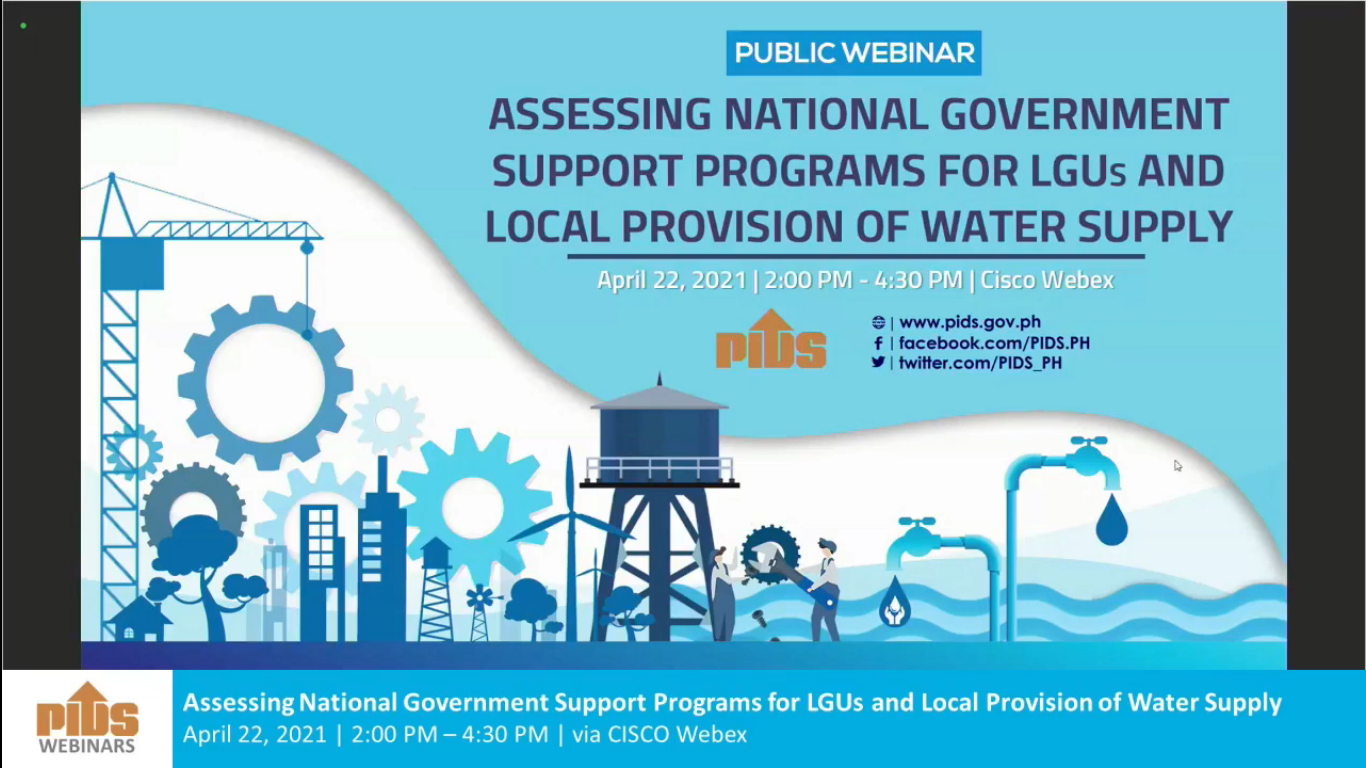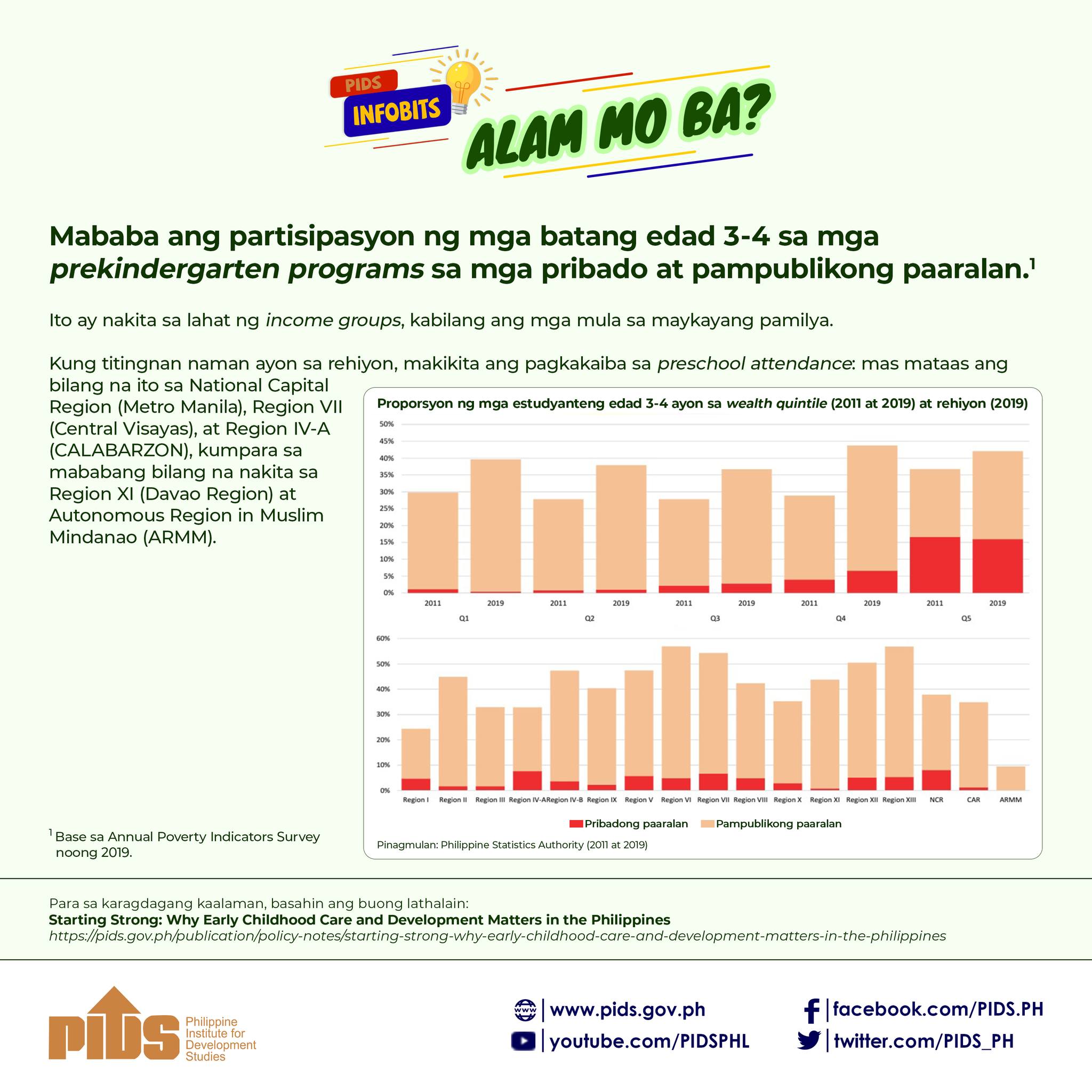MANILA -- Albay Rep. Edcel Lagman on Friday warned the government against proceeding with the revival of the "Masagana 99" and "Kadiwa" agriculture programs that originated in the time of President Ferdinand Marcos, Sr.
Lagman made the call during his manifestation in the plenary deliberation on the 2023 budget of the Department of Agriculture (DA) at the House of Representatives.
"My manifestation is about the queries and answers on the ill-advised resurrection from the grave of Masagana 99 and Kadiwa," Lagman said.
"I hope these empirical reports and findings will help my colleagues and the officials of the DA on why the Masagana 99 and Kadiwa ultimately miserably failed. Let not history repeat itself," he added.
Lagman read into the record the following documentation on the implementation of Masagana 99 and Kadiwa.
Lagman said that a thorough look at the much-hyped Masagana 99 showed that for a brief time after it was launched, the Philippines did become a rice-exporting country—but barely.
"Data and studies show that this point of pride for the Marcoses and their supporters was not solely attributable to the Masagana 99 credit program. Moreover, this 'success' came at a significant cost, not only to the government, but also to the farmers that the program was supposed to help. Masagana 99 also had an adverse impact on the environment brought about by its dependence on chemical fertilizers and pesticides," Lagman said.
Lagman said one key problem was rural bank insolvency, a consequence of non-payment by farmer-borrowers of their loans.
Lagman also recalled a 2012 study of researchers at the state-funded Philippine Institute for Development Studies noting that Masagana 99 failed to uplift the struggling farming sector.
Apart from leaving poor farmers highly indebted, their non-repayment of loans also damaged the balance sheets of many rural banks.
Lagman recalled that 800 rural banks went bankrupt.
As for Kadiwa, Lagman recalled that the public money that went into subsidizing Kadiwa was not just for the commodities it sold.
Lagman also said that even during its heyday, reception to Kadiwa by Manila’s poor was not as enthusiastic as now recalled.
"A perception study on poverty and programs to redress it among Manila’s poor published by Leandro A. Viloria and Dolores A. Endriga in the October 1984 issue of Philippine Planning Journal found that people were discouraged by the queues, the distance of the stores and some irritable service personnel," Lagman said.










